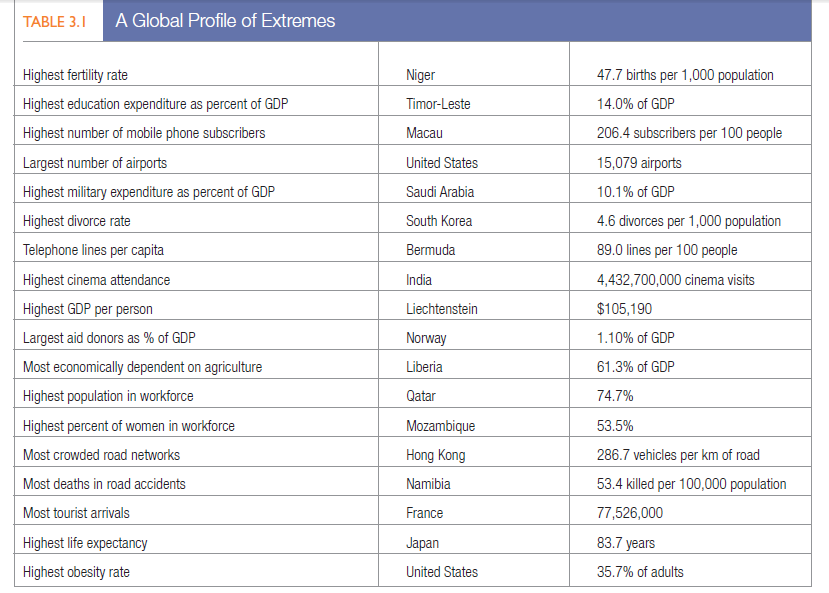The major responsibility for identifying significant marketplace changes falls to the company’s marketers. Marketers have two advantages for the task: (1) disciplined methods for collecting information and (2) time spent interacting with customers and observing competitors and other outside groups. Some firms have marketing information systems that provide rich detail about buyer wants, preferences, and behavior.
DUPONT DuPont commissioned marketing studies to uncover personal pillow behavior for its Dacron Polyester unit, which supplies filling to pillow makers and sells its own Comforel brand. One challenge is that people don’t give up their old pillows: 37 percent of one sample described their relationship with their pillow as being like that of “an old married couple,” and an additional 13 percent said their pillow was like “a childhood friend.” Respondents fell into distinct groups in terms of pillow behavior: stackers (23 percent), plumpers (20 percent), rollers or folders (16 percent), cuddlers (16 percent), and smashers, who pound their pillows into a more comfy shape (10 percent). Women were more likely to plump, men to fold. The prevalence of stackers led the company to sell more pillows packaged as pairs and at different levels of softness or firmness.2
Marketers also have extensive information about how consumption patterns vary across and within countries. On a per capita annual basis, for example, the Irish consume the most chocolate (24.7 lbs.), Czechs the most beer (131.7 liters), the French the most wine (45.7 liters), and Greeks the most cigarettes (4,313).3 Table 3.1 summarizes other comparisons across countries. Consider regional differences: Seattle’s residents buy more sunglasses per person than in any other U.S. city; people in Salt Lake City (and Utah) eat the most Jell-O; Long Beach, CA, residents eat the most ice cream; and New York City dwellers buy the most country music CDs.4
Every firm must organize and distribute a continuous flow of information to its marketing managers. A marketing information system (MIS) consists of people, equipment, and procedures to gather, sort, analyze, evaluate, and distribute needed, timely, and accurate information to marketing decision makers. It relies on internal company records, marketing intelligence activities, and marketing research.
The company’s marketing information system should combine what managers think they need, what they really need, and what is economically feasible. An internal MIS committee can interview a cross-section of marketing managers to discover their information needs. Table 3.2 displays some useful questions to ask them.


Source: Kotler Philip T., Keller Kevin Lane (2015), Marketing Management, Pearson; 15th Edition.

19 May 2021
19 May 2021
19 May 2021
19 May 2021
20 May 2021
19 May 2021